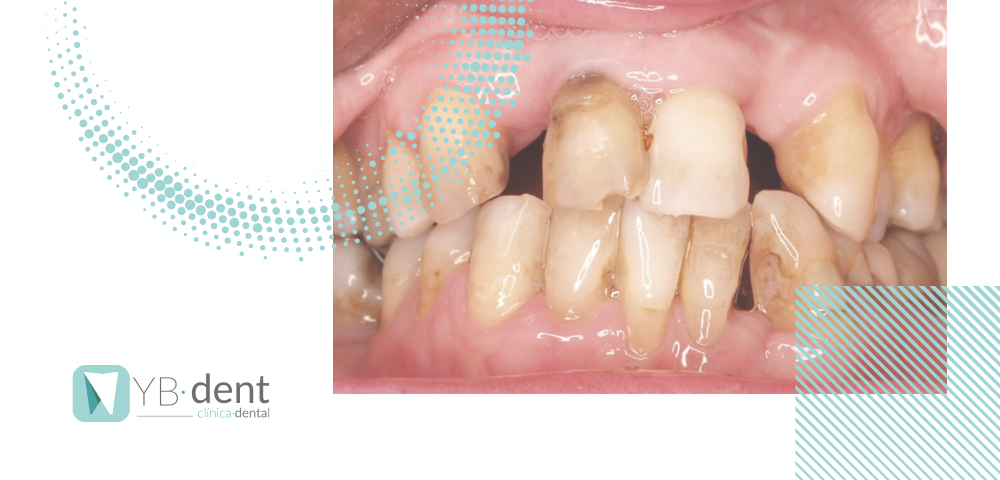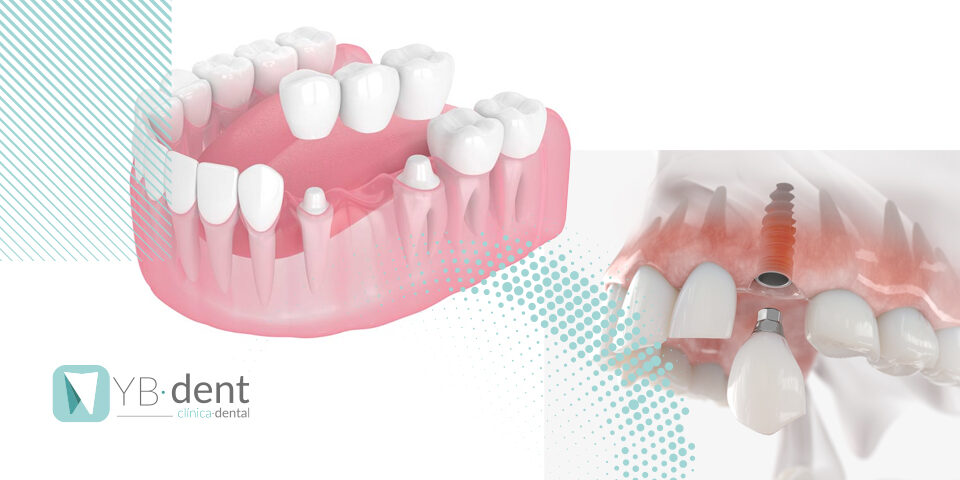Qué es la piorrea y cuál es su tratamiento

La piorrea, aunque no es una de las afecciones bucodentales más conocidas, es una de las más graves. Se trata de una afección perteneciente al grupo de enfermedades que afectan a aquellas zonas encargadas de proteger y sujetar los dientes. En esta publicación te explicamos cuáles son las causas que la provocan, su tratamiento para combatirla y una serie de prevenciones que puedes aplicar en tu día a día para evitar su aparición.
Causas que provocan la piorrea
Al igual que la gran mayoría de las enfermedades bucodentales, su principal causa reside en una higiene dental nula o deficiente. En consecuencia, la boca comienza a acumular bacterias, las cuales se concentran en las zonas superior e inferior de las encías, propiciando la aparición de sarro.
A pesar de que una adecuada higiene dental puede prevenir la aparición de bacterias, lo cierto es que existen grupos de riesgo más propensos a sufrir esta enfermedad. Dichos grupos están conformados por personas que padecen enfermedades que repercuten sobre todo el organismo, tales como la diabetes. También tienen tendencia a padecerla los fumadores y personas que consumen determinados tipos de medicamentos, los cuales comportan la aparición de bacterias.
Asimismo, es posible que aparezca cuando se producen cambios hormonales en las mujeres. Por ello, teniendo en cuenta que estos cambios pueden desencadenar otro tipo de problemas de salud, se debe vigilar la zona de las encías, ya que estas son tejidos que pueden verse afectados por estos cambios.
Aunque es menos frecuente que las anteriores, otra de sus causas puede residir en la genética. Por tanto, su aparición puede transmitirse a las generaciones venideras. Aunque no tiene por qué darse, puesto a que se ha transmitido la importancia de una boca limpia para prevenir enfermedades y la higiene dental en la población ha mejorado con respecto a la situación que había hacía tan solo unos años.
Cómo curar la piorrea: posibles tratamientos
Antes de iniciar cualquier tratamiento bucodental, es importante obtener un diagnóstico por parte de un profesional especializado, ya que la mayoría de las veces para conseguir un tratamiento eficaz la clave está en analizar el calibre de la situación. Es por ello que se recurrirá al TAC dental, a la realización de radiografías y, finalmente, se emplea la sonda periodontal, con la cual se podrá evaluar el índice de daños.
El objetivo principal del tratamiento contra la piorrea está en la eliminación de la infección, así como la suciedad acumulada en la zona superior e inferior de las encías. En caso de tratarse de una fase más inicial basta con realizar una limpieza en profundidad. En función de su gravedad, esta limpieza puede completarse haciendo uso de medicamentos, como antibióticos orales o geles.
En caso de no obtener resultados mediante esta primera opción, el odontólogo determinará que se encuentra ante un caso de mayor gravedad y recurrirá a la cirugía. De este modo, podrá eliminar completamente el sarro acumulado y retirar las bolsas periodontales. Sin embargo, de tratarse de un caso más avanzado, puede requerir de otro tipo de cirugía, enfocada en la regeneración de tejidos.
Identifica los primeros síntomas de piorrea
Entre los síntomas más frecuentes se encuentran los siguientes:
- Sangrado en las encías.
- Enrojecimiento e inflamación de las encías.
- Sensibilidad dental y dificultades para triturar alimentos.
- Desplazamiento de la encía. En consecuencia, veremos mayor parte del diente.
A pesar de que el enrojecimiento y el sangrado sean muy comunes, sobre todo durante el cepillado, no se les debe restar importancia, ya que no deberían producirse.
Cómo prevenir la piorrea
Aunque se debe estar atento de cualquier cambio en el estado de nuestra boca y dientes, existen una serie de consejos que puedes poner en práctica en tu día a día que pueden prevenir la aparición de esta afección. Entre ellos, están los siguientes:
- Realiza un cepillado en profundidad. Para ello, el cepillado únicamente con el cepillo de dientes no basta. Debes hacer uso de otros utensilios, como el hilo dental, un raspador bucal con el que retirar suciedad de la lengua, uso de un dentrífico para el cuidado de encías y de un enjuague bucal.
- Tener una dieta rica en frutas, verduras, pescados azules y lácteos y evitar el exceso de alimentos azucarados es otro de los consejos que puedes aplicar. Además de llevar una alimentación más saludable, se evita el consumo de alimentos que generan una mayor cantidad de bacterias.
- Deja de fumar o reduce el consumo de tabaco. La nicotina es uno de los mayores generadores de infecciones bucodentales junto a la alimentación. Como hemos mencionado anteriormente, los fumadores son más propensos a padecer piorrea.
Recuerda que reconocer sus síntomas puede evitar agravar el problema. Por ello es importante que, en cuanto tengas la mínima sospecha, acudas rápidamente a tu odontólogo de confianza. En YB-Dent estudiamos cada caso como si fuera único y buscamos un tratamiento personalizado y adecuado para el paciente atendiendo a sus necesidades bucales.



